The Smithsonian has just announced the winning photos of its 13th annual Smithsonian.com Photo Contest. A total of 9 winning shots were selected from over 46,000 submissions from photographers in 168 different countries.
So much of the world today is invisible to cameras. Technology operates in a light-less world of zeroes and ones, electromagnetic waves that fly over our heads in ever-increasing abundance.
For his fascinating project Digital Ethereal, designer Luis Hernan set out to capture one of these invisible signals, WiFi, using a creative combination of long exposure photography and an Android app.
In yet another example that maintaining dominance within a space cannot be taken for granted, Flickr announced earlier this month that they are only allowing auto-uploads from the desktop for paying customers. Wired declared “Time to Give up on Flickr, Everybody.”
Back in July 2015, Canon announced the Canon ME20F-SH, a multi-purpose camera with a $30,000 price tag and a max ISO of 4.5 million. This 11-minute video is a closer look at the camera’s features and abilities.
I’ve read two articles this week that appear critical of Flickr and thought I’d take a moment to address both, as well as share some of my own thoughts on Flickr.
In 1918, photographer Dorothea Lange left New York on a trip to travel the world. That ambitious trip was cut short by a robbery, and Lange ended up settling in the San Francisco Bay Area and opening a studio there. During the Great Depression, Langue took her camera out of the studio and onto the streets to document the country for the Farm Security Administration.
Here’s a gorgeous wedding photo captured recently by Vancouver-based husband and wife wedding photography duo Jelger and Tanja. They managed to capture the bride and groom, Andrea and Eoin, with horses galloping by and sun beams peeking through the clouds.
Here’s a 3-minute segment that recently aired on CBS This Morning about the soldier photographers who risked their lives on the front line to document the combat in photos and videos.
The appearance of real world world objects changes depending on lighting, but photographic prints do not… yet. Researchers at HP and UC Santa Cruz are working on a method of printing images of objects or …
Leading up to the total solar eclipse on March 20, 2015, photographer Rueben Krabbe had a crazy and ambitious idea: he wanted to photograph skiers in front of the eclipse at the “edge of the Earth.”
Between the 1940s and the 1970s, one of the big cameras used by sports photographers was the Graflex “Big Bertha,” a giant 120 lb camera that shoots 5×7 photos. At least one of these cameras is still seeing action.
Dear Portrait Photographers,
Natalie Brasington is a New York-based advertising and entertainment photographer who shoots for a variety of clients, including Comedy Central, Pantene, DirecTV, Details and Rolling Stone. She recently spoke about pricing at a round table discussion put on by PhotoShelter, and we were intrigued by her approach and outlook.
If you want to pick up an interesting lens for your camera, check out the Angenieux 25mm f/0.95. It’s a somewhat hard-to-find lens that was once used by NASA to photograph the moon with a lunar probe.
For me photography is not portraying what exists, but portraying what exist in me.
Heads up to those of you who use Netflix: the acclaimed documentary “Finding Vivian Maier” is now available on the streaming service.
Face swap camera apps are all the rage these days, and Facebook even acquired one this month to get into the game. But the technology is getting more and more creepy: you can now hijack someone else’s face in real-time video.
TH Swiss has announced a new line of lenses called Irix. The first lens in the family is the Irix 15mm f/2.4, a “photographer’s dream” lens that was “built by engineers and perfected by designers.
In 1976, Walt Disney World opened River Country, its first water park. In 2001, the park closed its doors. Since then, it has been left to deteriorate, and nature has begun to take the park back.
In addition to announcing a new iPhone and iPad Pro yesterday, Apple also introduced Liam, a recycling robot that it uses to automatically salvage recyclable materials from old, defunct iPhones.


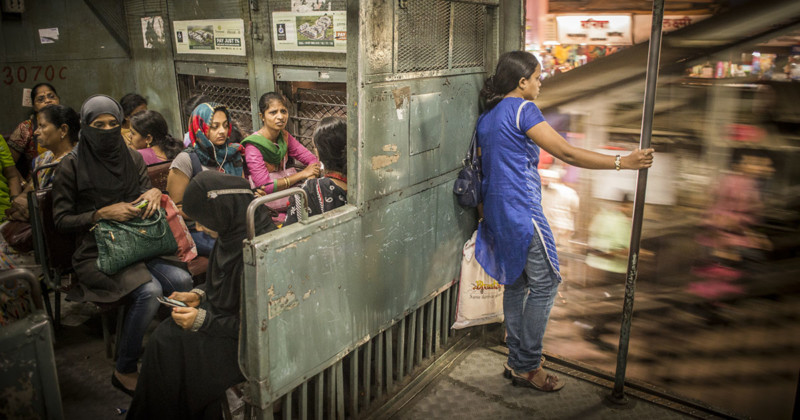


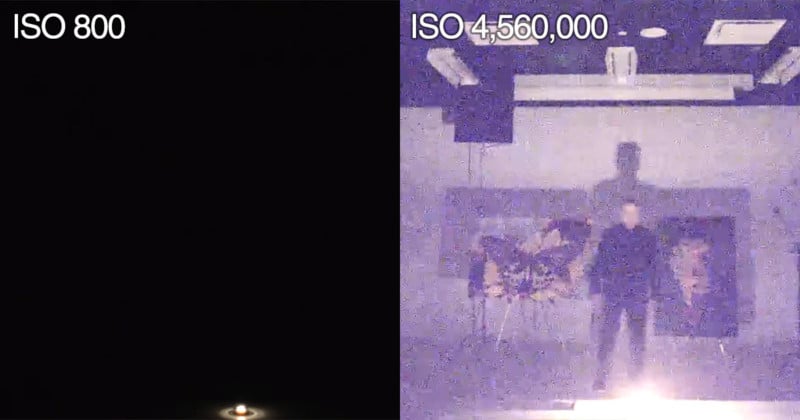
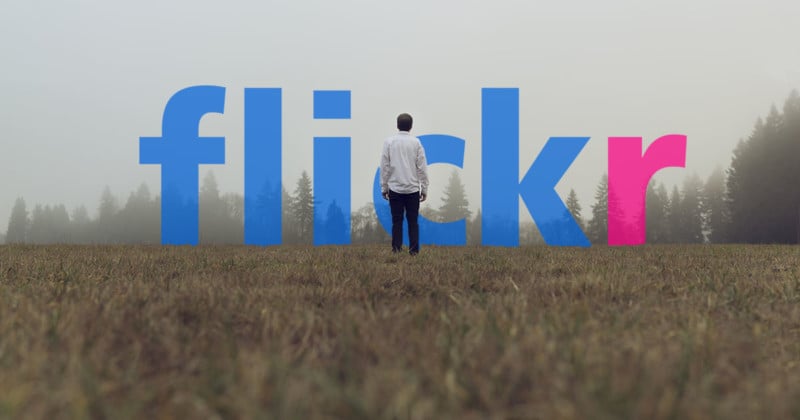

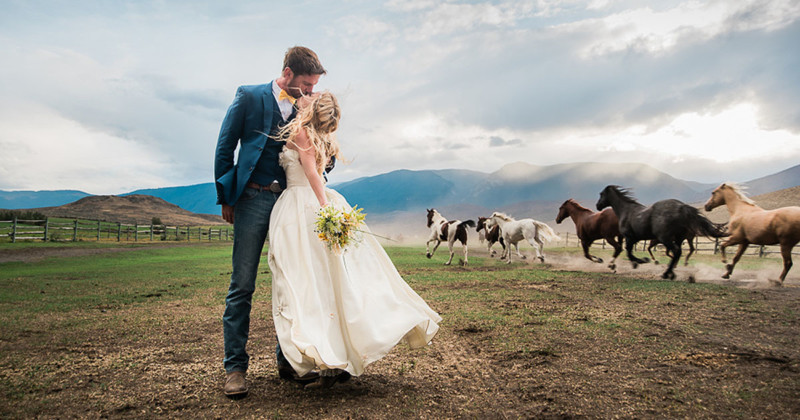
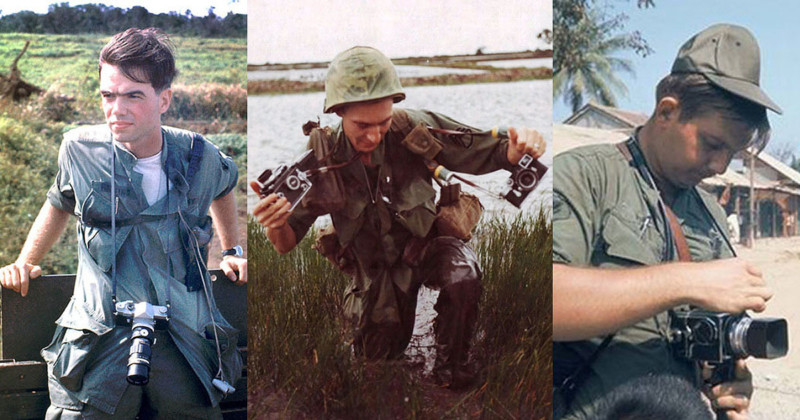
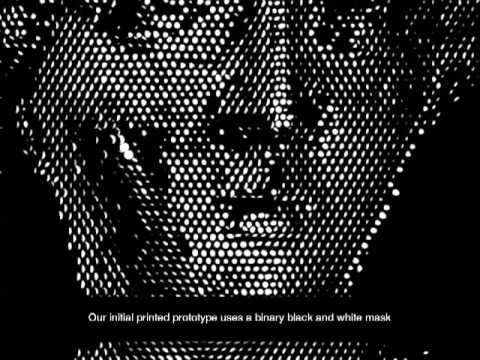
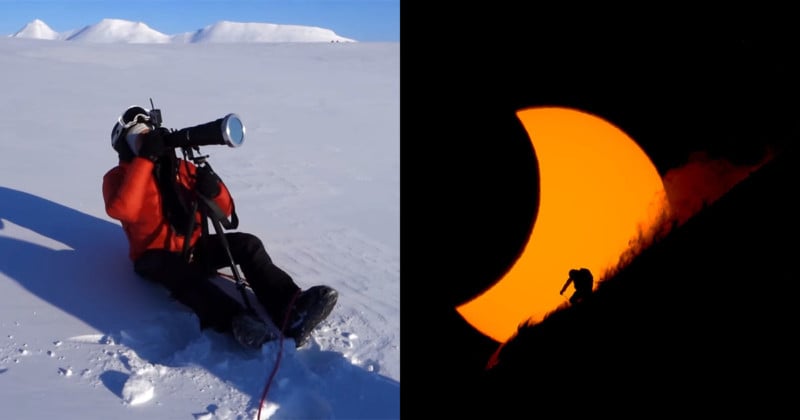
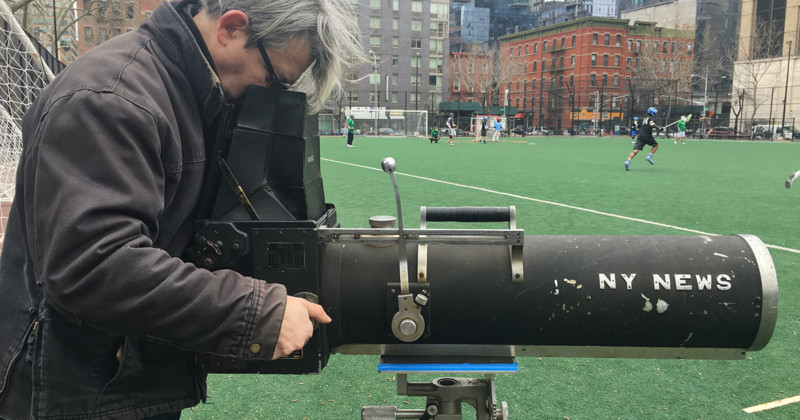


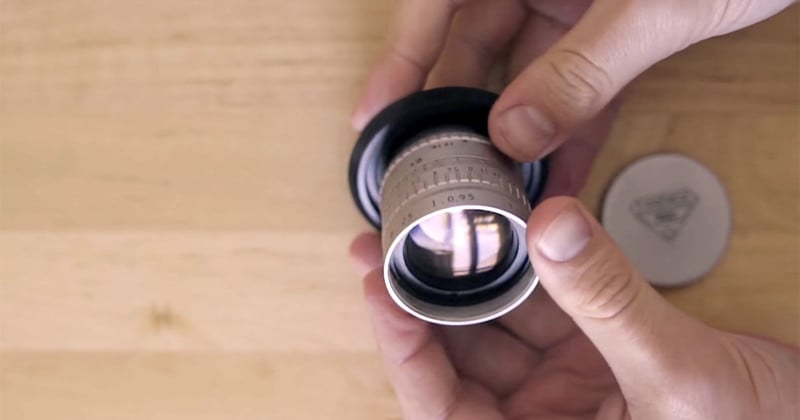
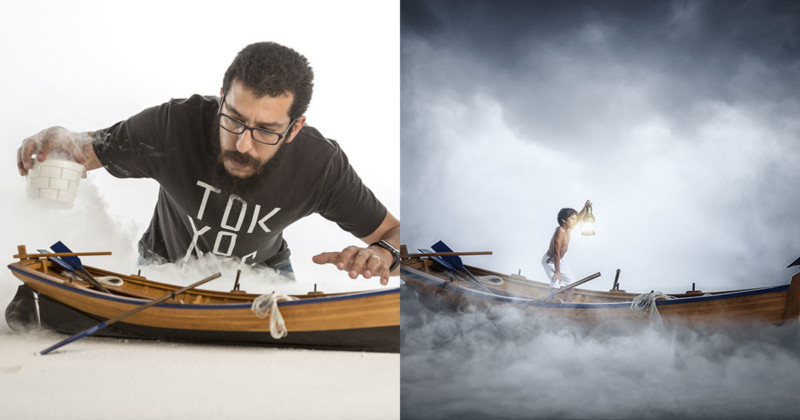
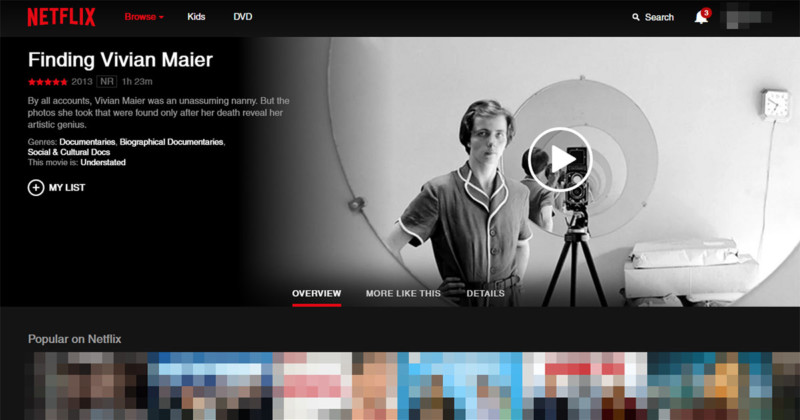


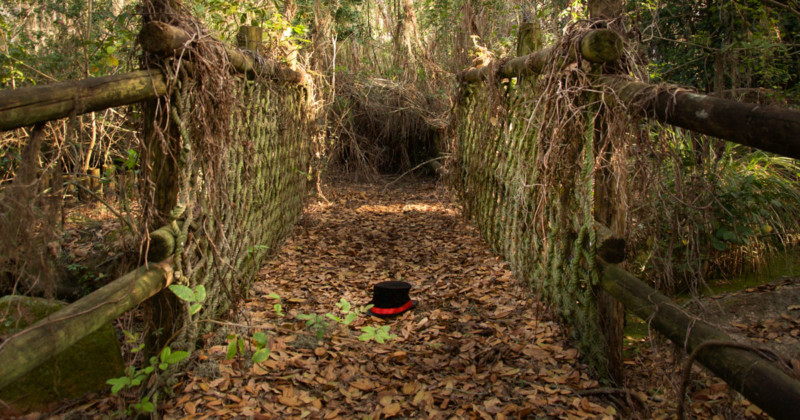
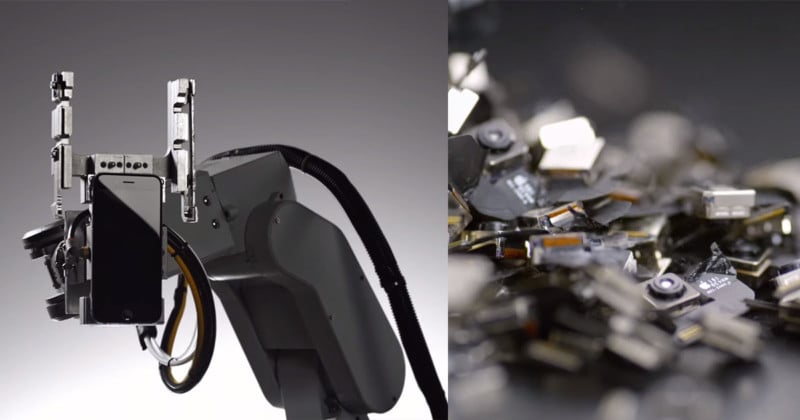
Comments are closed.